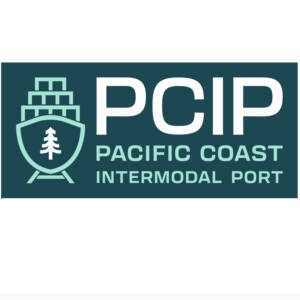 COOS BAY, Ore. — The Oregon International Port of Coos Bay will receive a $25 million federal grant for its intermodal project, the Pacific Coast Intermodal Port, the port has announced.
COOS BAY, Ore. — The Oregon International Port of Coos Bay will receive a $25 million federal grant for its intermodal project, the Pacific Coast Intermodal Port, the port has announced.
The grant, from the Department of Transportation’s INFRA (Infrastructure for Rebuilding America) program, will go toward environmental compliance and permitting, as well as design and engineering work.
“The INFRA grant is a game-changer for the Port of Coos Bay and the Pacific Coast Intermodal Port Project,” Melissa Cribbins, executive director of the intermodal project, said in a press release. “…This federal grant is a watershed moment for the region and adds the federal government to the growing list of critical supporters for one of the most impactful rural economic development projects in state history.”
The intermodal project, described in more detail here, will include dredging of the Coos Bay Federal Navigation Channel to allow larger container ships to visit the port; a new rail-served intermodal terminal with a projected capacity of 2 million TEUs (20-foot equivalent units, the standard measure of container volume), and significant upgrades to the Coos Bay Rail Line, the 134-mile route interchanging with the Union Pacific near Eugene, Ore.
The port has twice made bids for Department of Transportation Mega Grants which would help fund significant improvements to the rail line, including increasing tunnel clearance, new sidings, and other bridge and track work [see “Port of Coos Bay seeks Mega Grant …,” News Wire, Aug. 27, 2023].






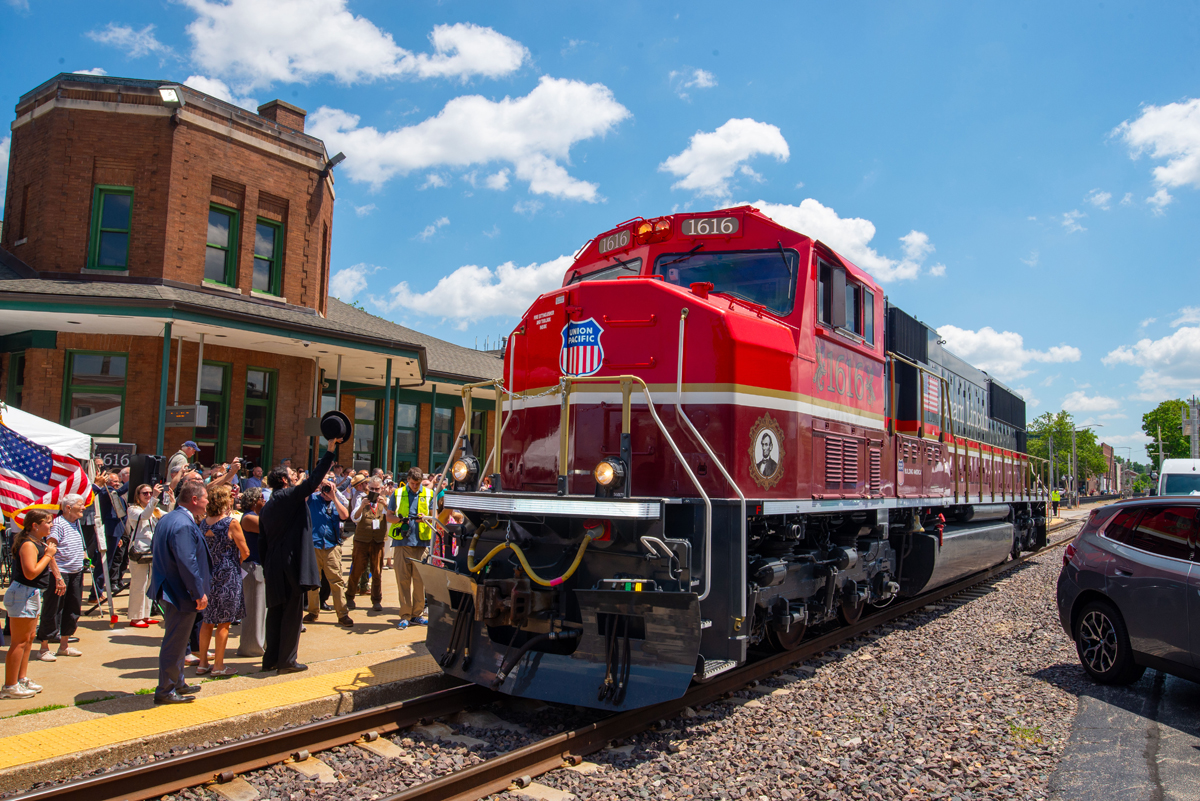
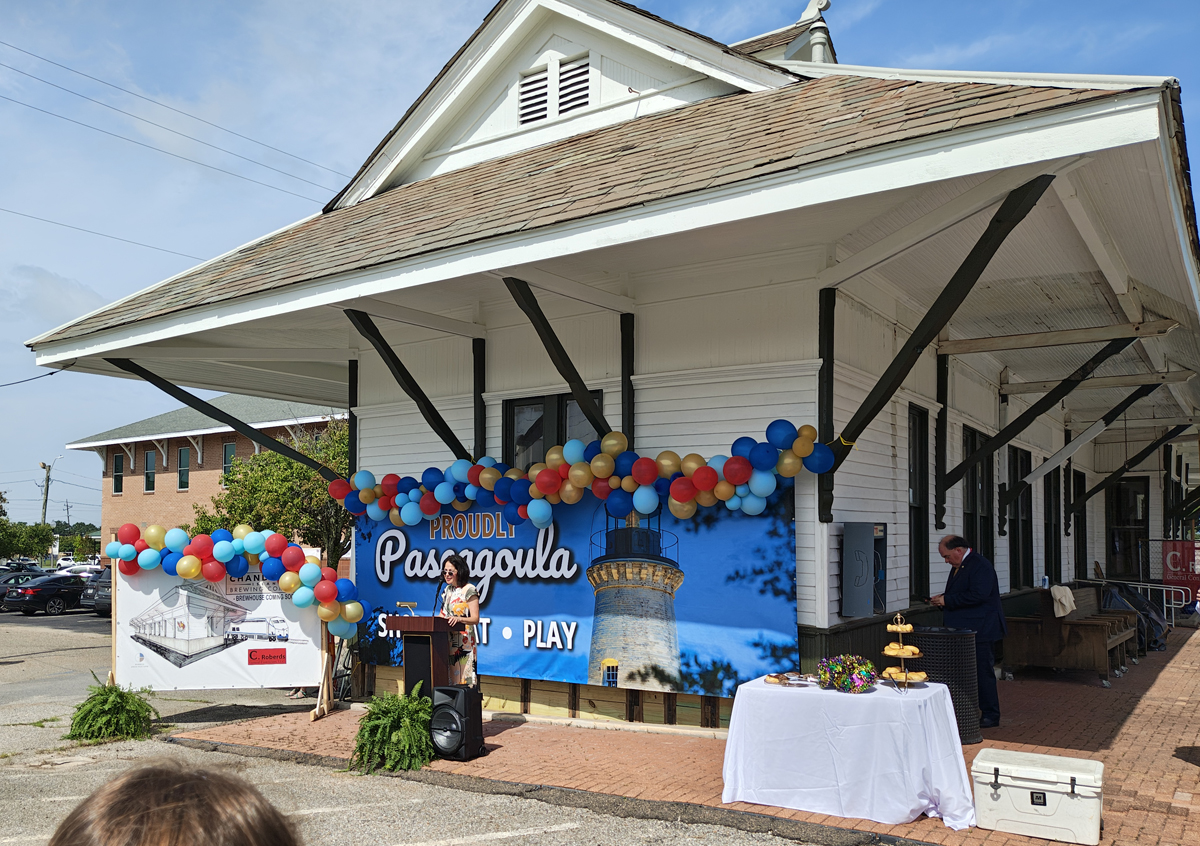
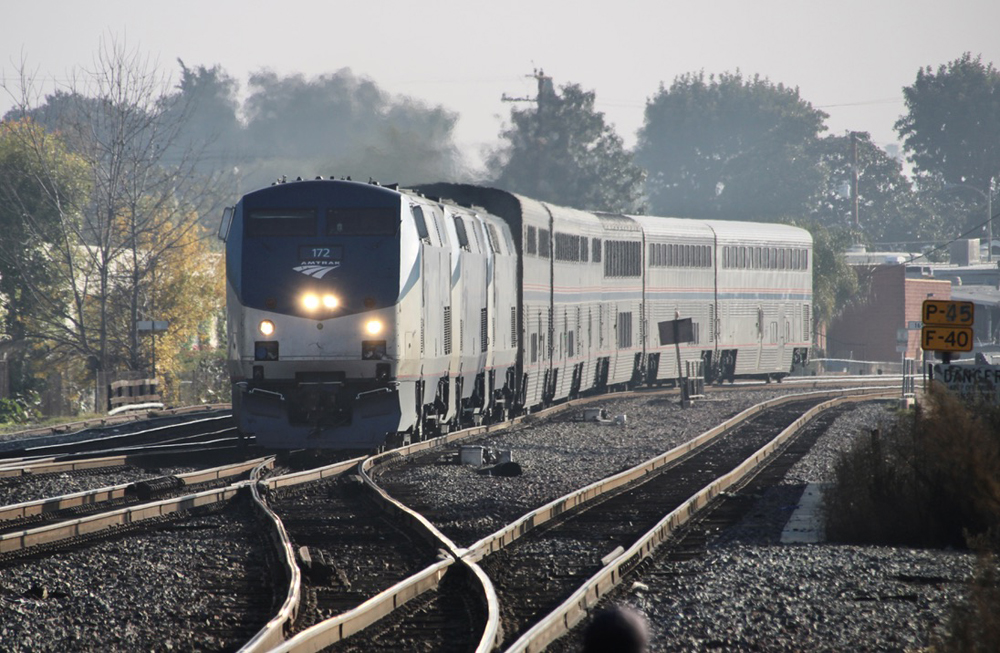
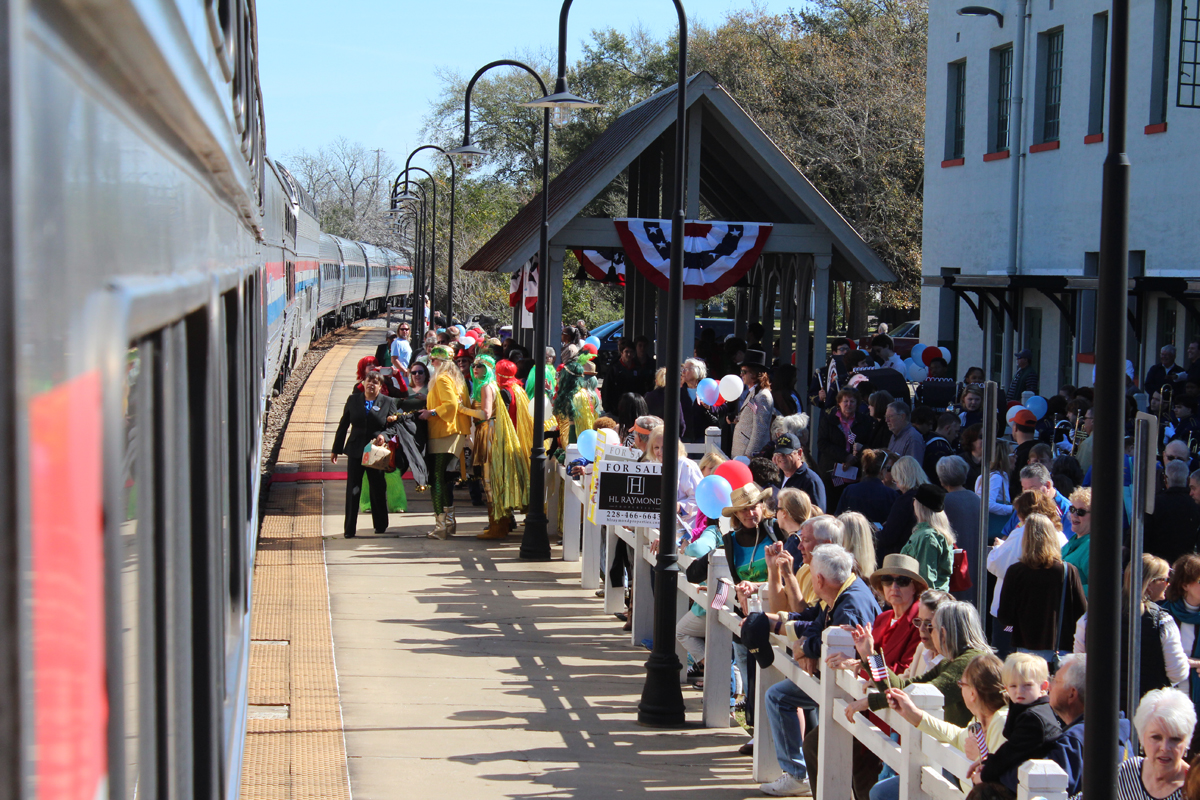




$ 25 million just for the paperwork. As Meyer points out this is just a total waste of money. It makes even less sense than running double stacks over the San Diego and Arizona Eastern.
$25 million down the drain. Nothing will ever come of this project. Perhaps the people in Coos Bay have yet to realize there isn’t a railroad running east out of Eugene. Everything to/from the port via rail will need to go via Portland (basically a huge back haul), which already has a port. Highway access to Coos Bay is poor and two-lane, and there is no highway due east from the port, nor is it close to any east-west Interstate. Seattle and Tacoma are far from maxed out, and there are other locations in Oregon and Washington which make more sense for expansion if needed. Coos Bay also lacks a significant local population base to support the port, as is the case for Seattle/Tacoma and especially the case for Los Angeles/Long Beach. This project is SO not going to happen.
The rail tunnels are single stack only. No double stacks. Some are still using the original cedar. Lots of leakage in them, really need to be redone.
From what I was reading, there are no plans to do any transload at this port upgrade, all containers will be forwarded to/from Eugene. So not as many trucks as you think.
While I have been to the Coos Bay area and seen how Clinton Era wildlife laws killed their lumber economy, they could become a low cost port of entry.
I could see some export going out this port, but Oregon tends to shine green when it comes to what they chose to send out the door internationally. (meaning no coal, no frack oil, no LNG)
My first thought would be exporting unfinished/semi-finished wood products. If the Upper Willamette can grow significant amounts of soybeans, they could work to export bulktainers of soy products to Asia. Its a growing market, and most of it comes from Indiana via Prince Rupert to China. Also they could export central Oregon grain products, but no Class 1 is going to bring it to them, (too short a distance) it will have to be trucked to Eugene.
Since the tunnels cant take high loads, that eliminates any auto import/export terminals. They can’t take dimensional loads either, so that removes windmill parts.
It will be interesting to see if any industries pop up in Eugene around it, but not likely for a few years.